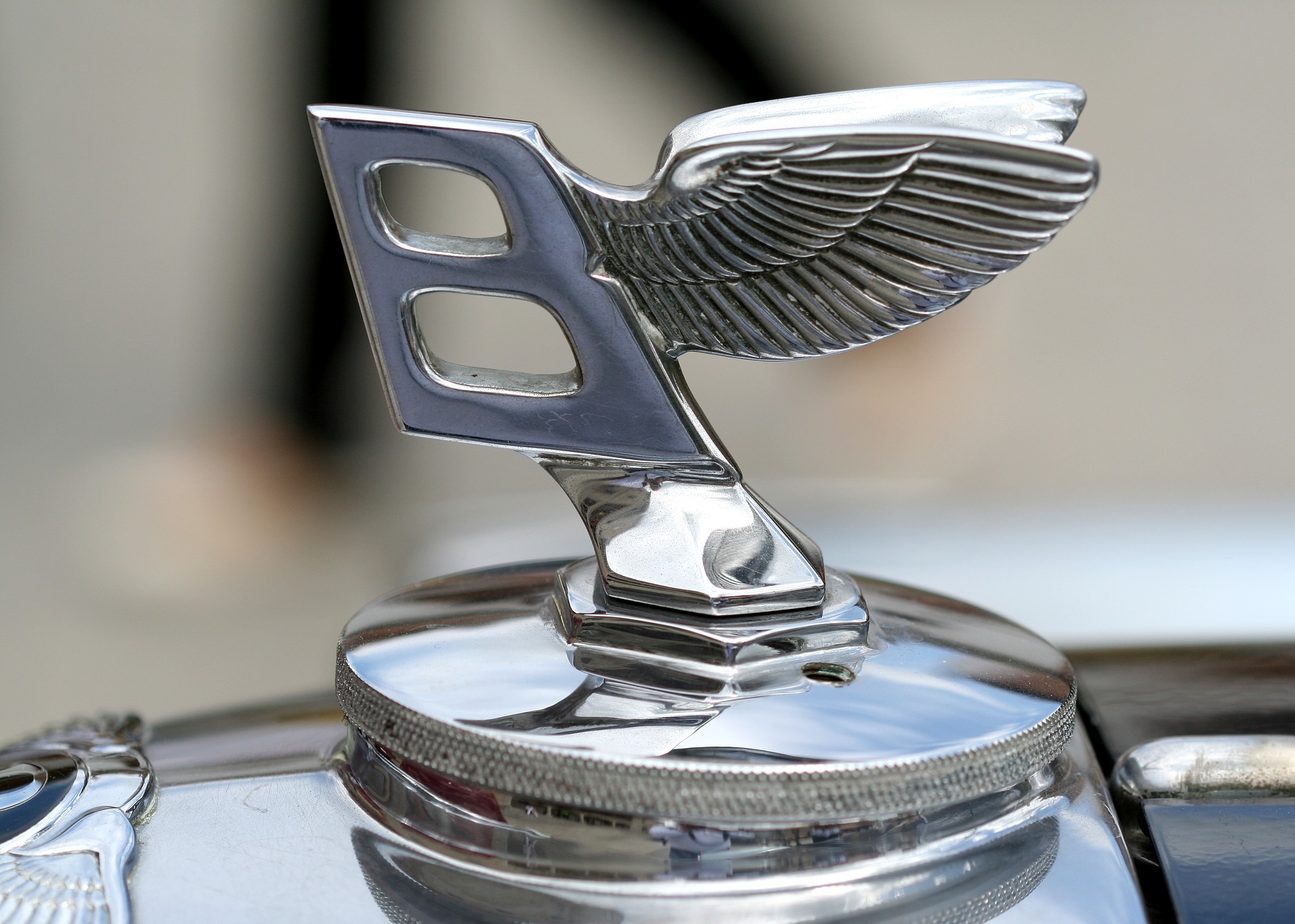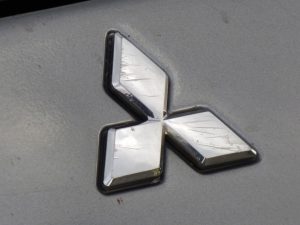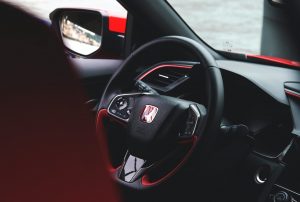Bentley recently has gone back in time, 90 years, exactly, to recreate a continuation of the Bentley Blower. This vehicle has the ability to capture the past while whirring towards the future. The Bentley Blower is decked out with all sorts of features that really makes it stand out from the other racecars of the era. Therein which it possesses a dial-strewn dashboard. This is mounted on a tachometer and a speedometer, that had blasted the competition in 1930. There had not been a fuel gauge present, however. The Bentley Blower could be checked out for the fuel level as you would peer into the 26.4 gallon tank. Also present in there, would be a gearshift that has a conventional H pattern. Yet, in this iteration it would be positioned in an awkward spot.
It wasn’t always like this for Bentley
When the Blower had come out, W. O. Bentley himself wasn’t trying for a forced induction. There was the belief that large and naturally misty machines had been more English than other rival vehicles. Including the Mercedes SSK and the Bugatti Type 35C. There had been more talk about a four-cylinder car that could potentially utilize an Amherst-Villiers Roots-type of supercharger with the intention of making more power than the Bentley Works team’s Speed Sixes. A fatal effect of this had been a loss from Bentley Boy Driver, Sir Henry “Tim” Birkin, as he had lose too much of his money. There had been support from the wealthy Dorothy Paget. One thing led to another and eventually there would be 55 blowers produced. There would be about five ready to race.
There had been innovations leading to a 16-valve cylinder head with twin-spark ignition, aluminum pistons, and a magnesium crankcase. The company would eventually use the Blower’s gearbox to it’s advantage on the racetrack.




